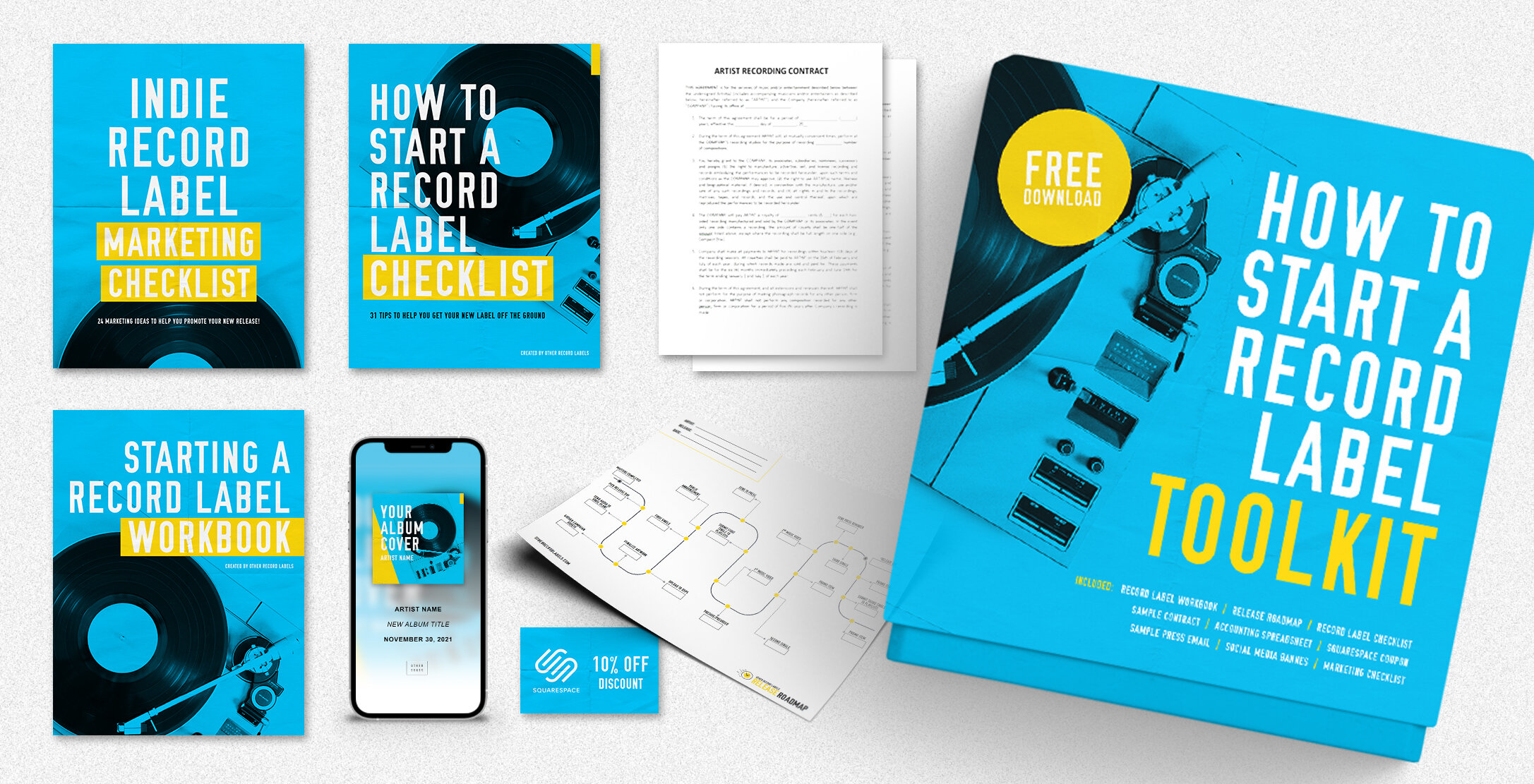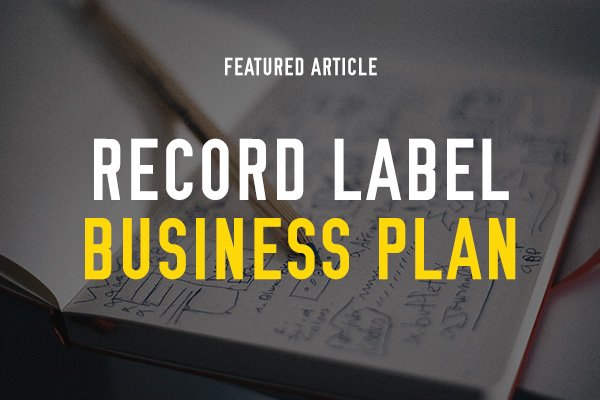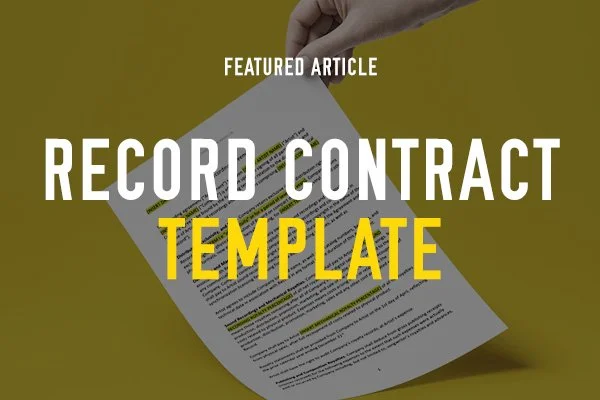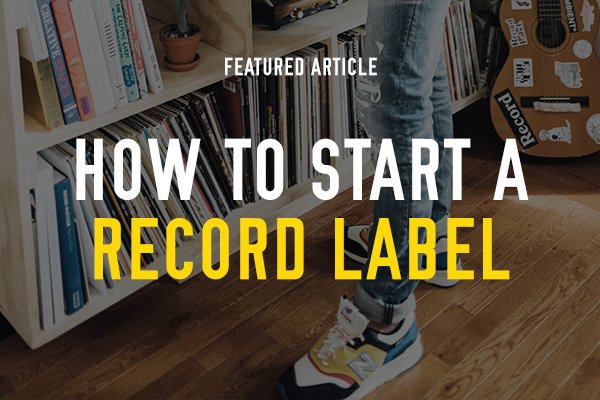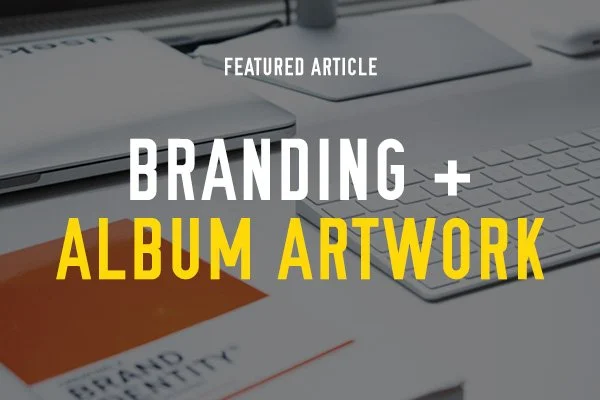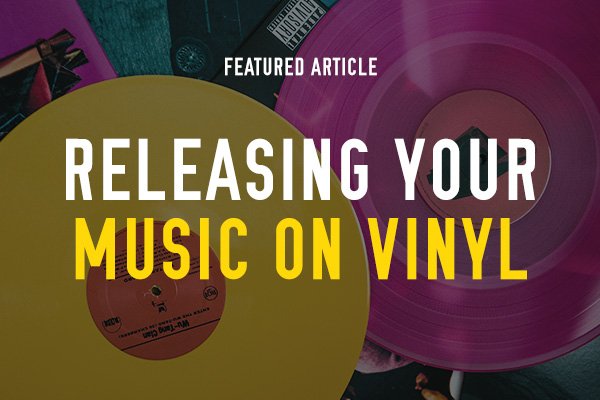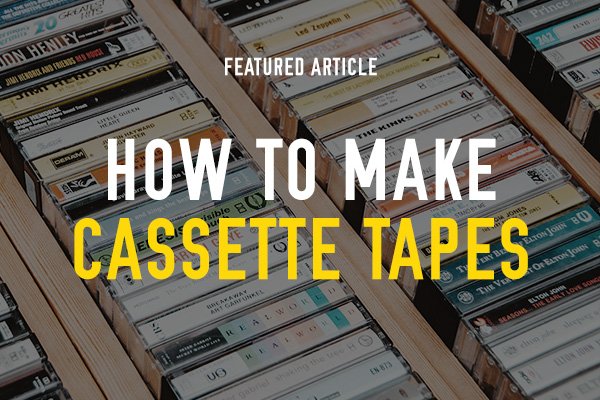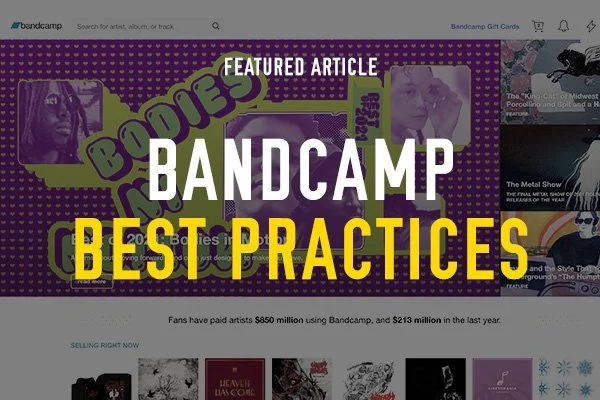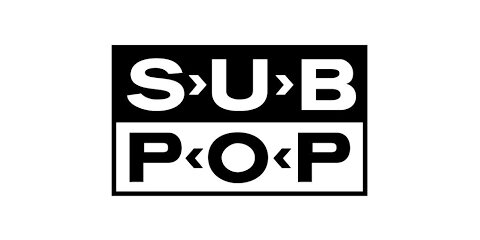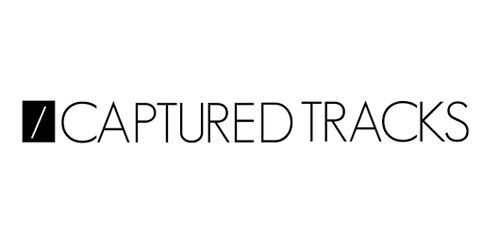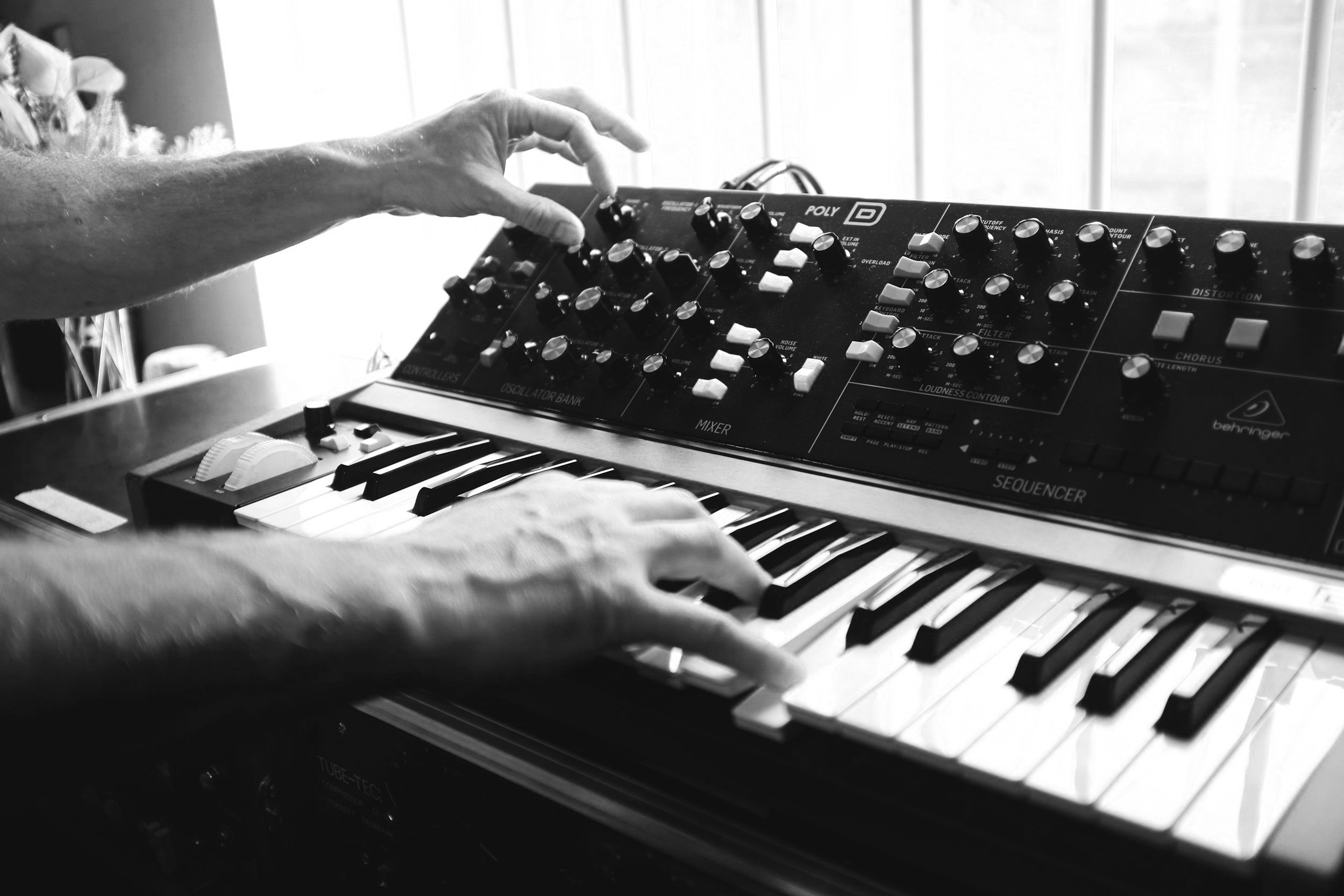
The Basics of
Recording & Mixing
A Simple Guide for Artists and Indie Record Labels
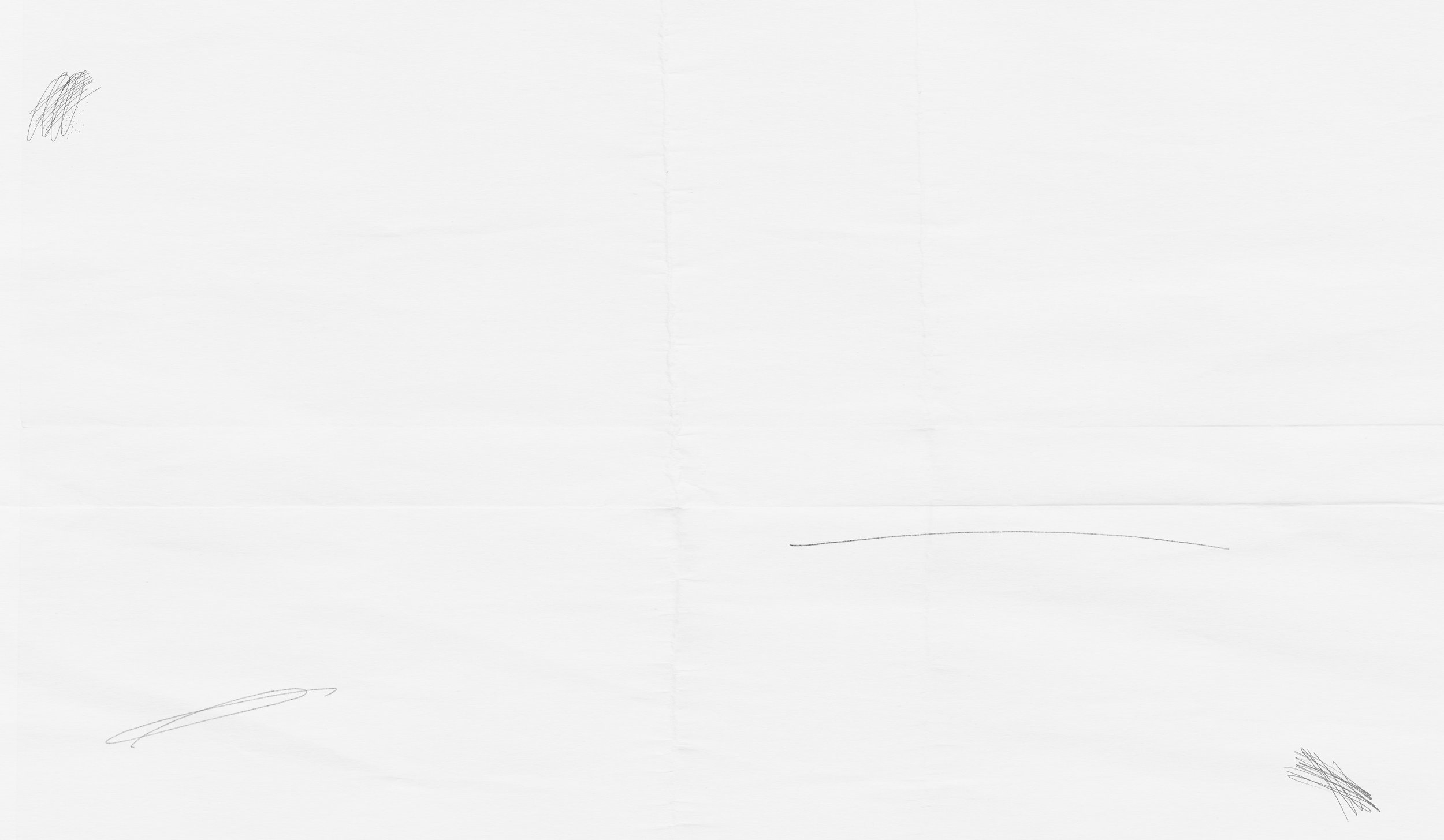
Understanding the basics of recording and mixing is essential for any indie record label aiming to elevate its artists and brand.
In this article, we'll dive into why these processes matter, the fundamental steps involved, and how record labels can effectively participate.
Whether you're a seasoned label executive or just starting out, this guide will help you navigate the world of music production and ensure your releases always hit the right note.
Why Should a Record Label Care About Recording and Mixing?
A great-sounding record is crucial for a record label's success. It not only enhances the label's reputation but also enriches the back catalog, propelling the brand forward. As a label, your role often involves coaching artists and supporting them throughout their careers.
Traditionally, record labels would pay for the recording of songs or albums, arranging studio time, producers, mixers, and engineers for the artists. Young talents like a 17-year-old Elvis Presley or a 13-year-old Taylor Swift wouldn’t know how to make a record in the early days of their careers. While this type of label-artist relationship is less common today due to the accessibility of home recording, labels should still be involved in the creative process.
Some artists seek creative consulting and collaboration. As an artist myself, I’ve found value in having a label I admire give feedback on my mixes or production, even when I handle most of it myself. Fresh ears can provide valuable insights. While some labels prefer not to engage in the recording or creative process, a level of creative collaboration can be beneficial. Understanding the basics of recording and mixing, if not every piece of gear, is essential for anyone in the industry.
What is Recording, Mixing, and Mastering?
For those unfamiliar with the technical side of music production, here’s a breakdown of the process an artist goes through when making a record. Typically, an artist has a batch of songs ready to take into the studio. These songs start in a raw form, whether it’s just a vocal and guitar/piano or a more complex arrangement.
The Recording Process: Four Key Steps
Pre-Production
Songwriting
Song structure
Planning instrumentation
Tracking (Recording)
Mic setup
Coordinating sessions with various instruments
Getting the best recording of each instrument and mic
Mixing
Blending all recorded instruments to create the final track, the final mix.
Mastering
Adding finishing touches to the final mix, ensuring it’s compressed and EQ’d for streaming or vinyl. If it’s an EP or album, ensuring all songs are consistent in volume and tone.
What Should a Record Label’s Involvement Be?
Pre-Production
Likely the area where labels are least involved.
Recording
Not typically a place for a label, aside from perhaps providing snacks. However, recording sessions are rich with social media content opportunities. Filming videos, taking photos, and creating content for album promos can be done here.
Mixing
Minimal involvement from the label. If the mixing process doesn’t align with the label’s vision, it may be time to reassess the artist relationship. The mixes should represent the label’s sound, whether for sync licensing or vinyl quality. However, many artists handle their own recording and mixing, only seeking the label’s help with marketing, connections, manufacturing, and distribution.
Mastering
This is where labels are most involved. Mastering bridges the studio and the final product. Labels should ensure the mastering engineer understands the end-use of the masters, whether for vinyl, high-quality streaming, or other formats. Artists may need financial assistance or professional input at this stage. Mastering can provide that final layer of professionalism or a fresh perspective.
Analogy: The Painting Process
Pre-Production: Planning out the painting by sketching on paper or canvas.
Recording: Choosing colors and starting to paint, making a mess.
Mixing: Finishing the painting, adding final touches, maybe glossing over, signing, and wiping the edges.
Mastering: Framing and hanging the painting on the wall.
What Should a Record Label’s Involvement Be?
Pre-Production
Likely the area where labels are least involved.
Recording
Not typically a place for a label, aside from perhaps providing snacks. However, recording sessions are rich with social media content opportunities. Filming videos, taking photos, and creating content for album promos can be done here.
Mixing
Minimal involvement from the label. If the mixing process doesn’t align with the label’s vision, it may be time to reassess the artist relationship. The mixes should represent the label’s sound, whether for sync licensing or vinyl quality. However, many artists handle their own recording and mixing, only seeking the label’s help with marketing, connections, manufacturing, and distribution.
Mastering
This is where labels are most involved. Mastering bridges the studio and the final product. Labels should ensure the mastering engineer understands the end-use of the masters, whether for vinyl, high-quality streaming, or other formats. Artists may need financial assistance or professional input at this stage. Mastering can provide that final layer of professionalism or a fresh perspective.

WATCH THIS EPISODE
and catch other videos on our YouTube Channel
Free Record Label Toolkit
Resources and tools to help you quickly and creatively launch your new label…

RECORD LABEL
ACADEMY
The Complete A to Z of Building and Growing an Independent Record Label.

RECORD LABEL
ACADEMY
Instant Lifetime Access to all our courses, books, and templates!
-
How to Start a Record Label (Online Course)
Record Label Marketing Strategies (Online Course)
Record Label Decision Tool (Online Course)
Profitable Record Label (Online Course)
All 8 Micro Courses
All 8 Micro eBooks
How to Start a Record Label (eBook)
Record Label Marketing Strategies (eBook)
Tons of bonus templates and extra resources
RECORD LABEL
ACADEMY
Instant Lifetime Access to all our courses, books, and templates!
-
How to Start a Record Label (Online Course)
Record Label Marketing Strategies (Online Course)
Record Label Decision Tool (Online Course)
Profitable Record Label (Online Course)
All 8 Micro Courses
All 8 Micro eBooks
How to Start a Record Label (eBook)
Record Label Marketing Strategies (eBook)
Tons of bonus templates and extra resources

Helpful Articles for Record Labels
-
10 Steps to Planning Your New Release
50 Reasons Why You Should Start a Record Label
How Fans Can Support Record Labels
How Many Releases Per Year is Ideal?
How to Register Your Record Label
How to Submit Your Music to Record Labels
How to UNSTUCK your record label
Leveraging the Power of Lead Time
Record Store Day
Social Media Strategies & Solutions
Social Media Strategies & Solutions
The 4 Attributes of a Great Record Label
Why Artists Need a Record Label
Why Do We Release Music on Fridays?
How to Make a Business Plan
Record Contract Template
How to Start a Record Label
Branding & Album Artwork
Releasing Music on Vinyl
Music Publishing for Labels
How to Make Cassette Tapes
Bandcamp Best Practices
Other Record Labels Podcast
Featuring interviews with…



